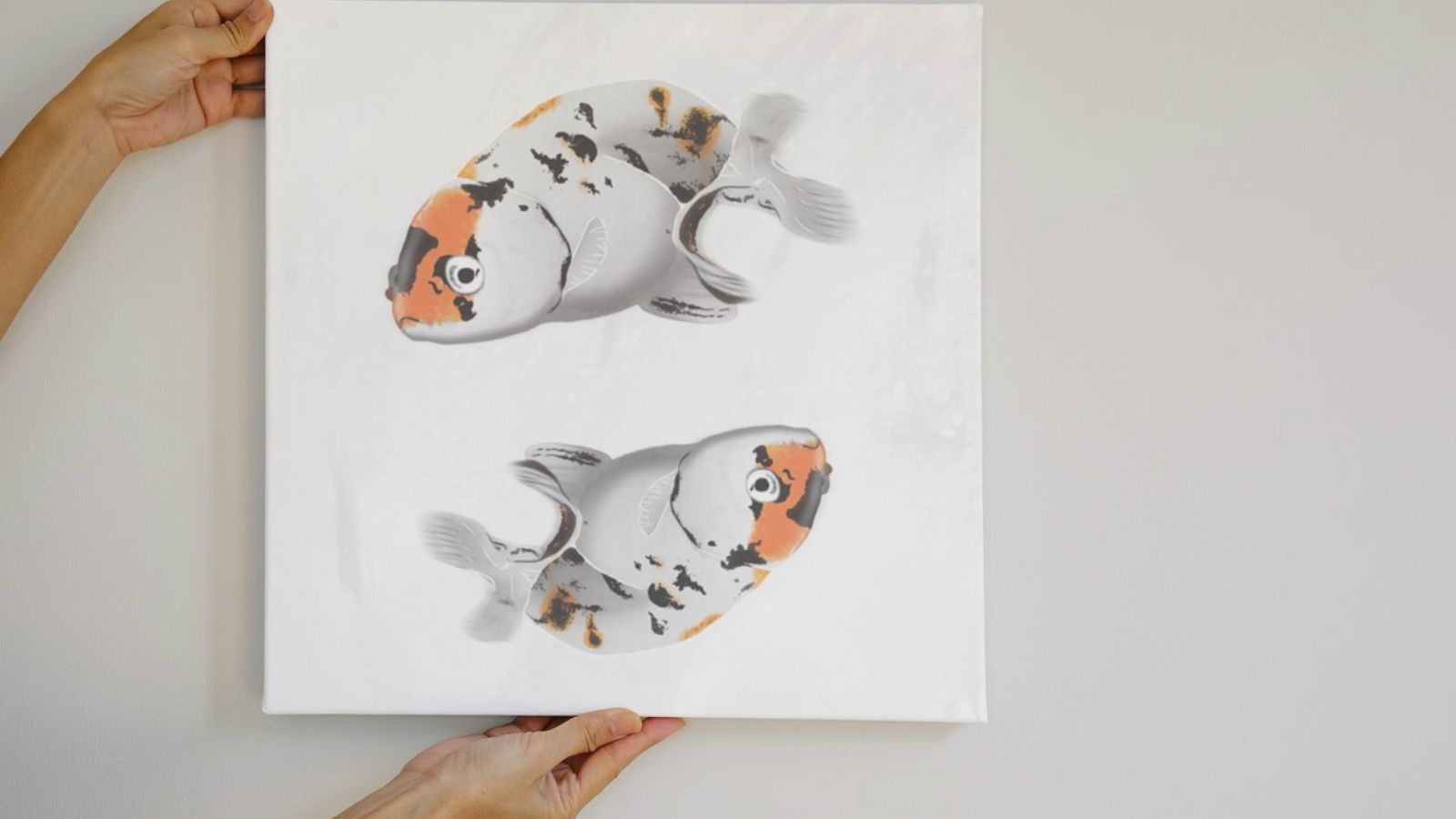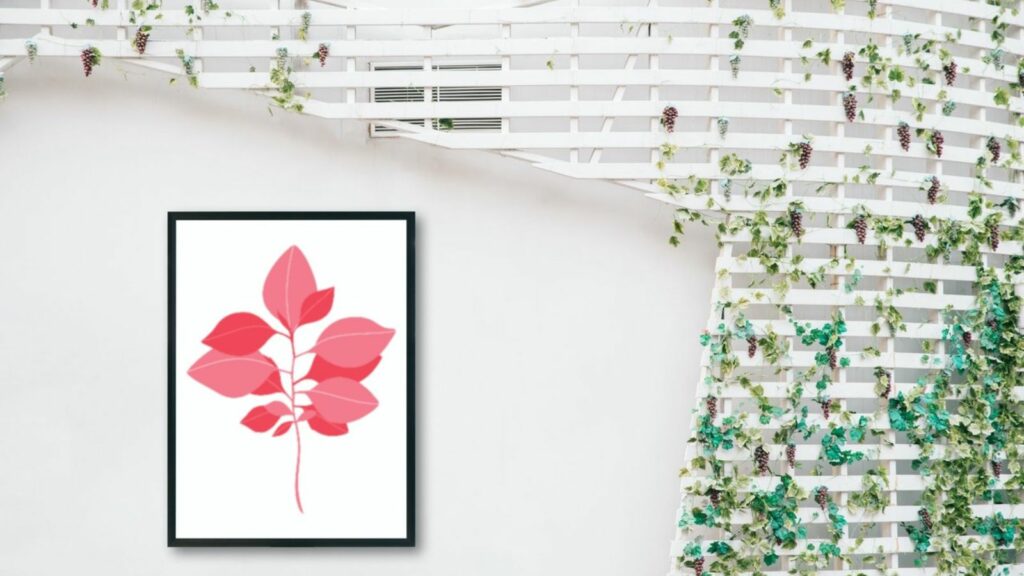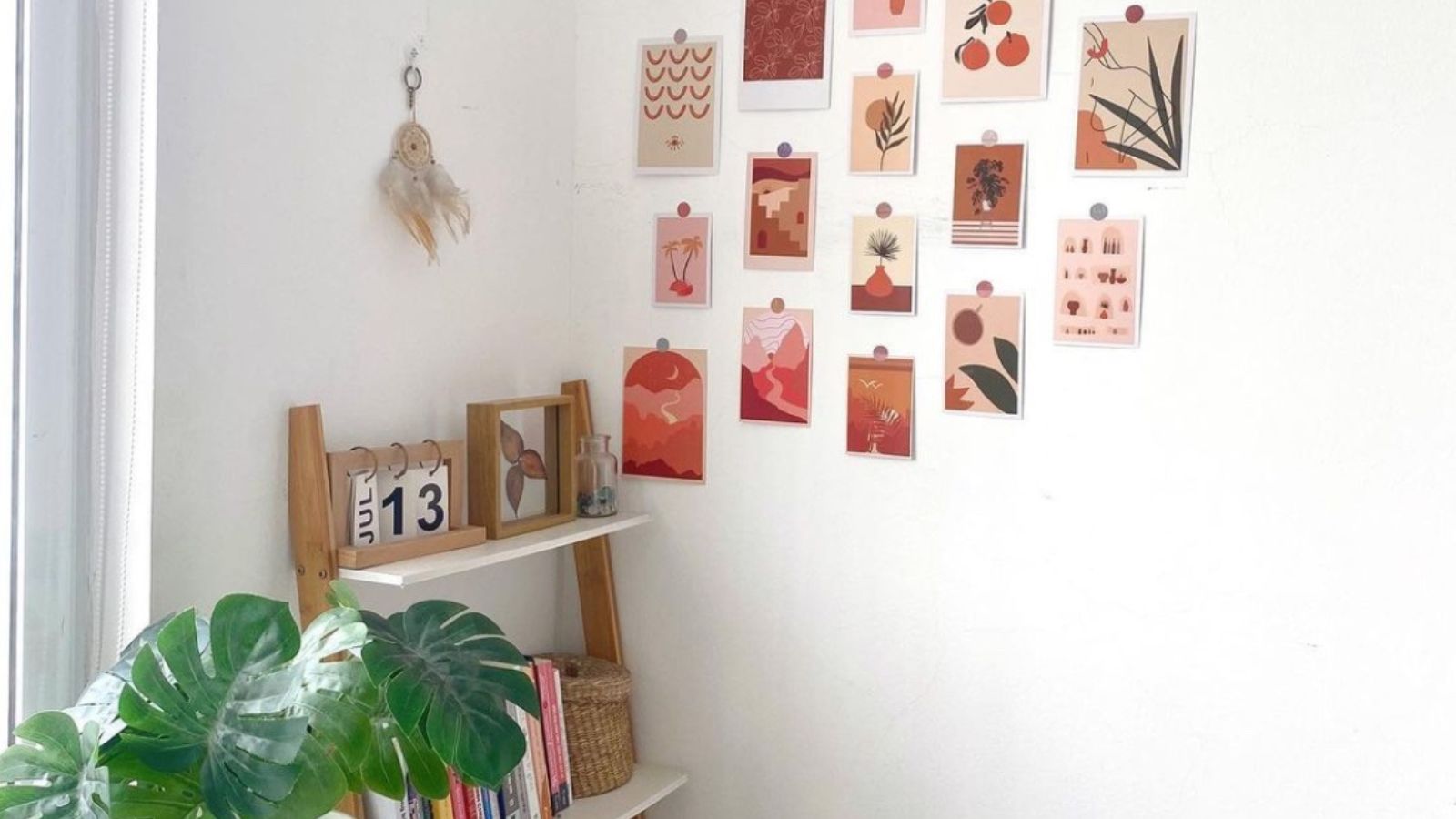The allure of a favorite photo transformed into a stunning wall display is undeniable. Canvas prints offer a unique blend of texture and vibrancy, breathing life into cherished memories and artistic creations. But before you rush to turn every snapshot into wall art, a crucial question arises: can truly any photo translate well to a canvas print?
The answer, like most things in life, is a nuanced “it depends.” While most photos can be printed on canvas, the final product’s quality will significantly depend on the original image’s characteristics. Let’s delve deeper into the factors that influence the success of a photo-to-canvas transformation.
Resolution is King: The Pixel Perfect Picture
Imagine a mosaic – the smaller the individual tiles, the finer the details and sharper the overall image. Similarly, a photo’s resolution dictates how well it translates to a larger format like a canvas. Resolution denotes the number of pixels comprising an image. Higher resolution photos (measured in megapixels) boast more detail and can be enlarged without losing quality.
Here’s a general rule of thumb:
- For smaller prints (up to 16×20 inches), Photos taken with a decent smartphone camera (around 8 megapixels) should suffice.
- For medium prints (16×20 inches to 24×36 inches): A good quality point-and-shoot camera (around 12 megapixels) or a decent DSLR on low zoom settings will provide optimal results.
- For larger prints (over 24×36 inches), High-resolution DSLR photos (18 megapixels and above) are ideal. These cameras capture intricate details that translate beautifully to large canvas prints.
Beware the Blur: The Importance of Focus
A blurry photo, no matter how beloved, won’t translate well to canvas. A sharp, in-focus image is essential for a visually captivating print. Here’s what to watch out for:
- Camera Shake: Ensure your camera is held steady during the shot. Blurry photos due to camera shake will only become more apparent on a large canvas.
- Subject Movement: If your photo captures a moving subject, like a child running or a pet in action, some blur is inevitable. Depending on the artistic intent, a slight blur can sometimes be desirable. However, excessive motion blur can detract from the canvas print’s overall quality.
Lighting Matters: Setting the Stage for Success
Lighting plays a crucial role in photography and, by extension, canvas prints. Here’s how lighting can impact the final product:
- Brightness and Contrast: Ideally, your photo should have a good balance of brightness and contrast. Overly dark or bright images might not translate well to canvas and could require editing for optimal results.
- Color Accuracy: Pay attention to the photo’s color accuracy. Harsh artificial lighting or shadows can cast unwanted color tones. Natural daylight often produces the most natural and pleasing colors for canvas prints.
Editing Magic: Enhancing Your Photo’s Potential
Basic editing tools can significantly improve a photo’s suitability for a canvas print. Here’s what you can do:
- Cropping: Tighten the composition by cropping out unnecessary background elements. This can enhance the focus on your subject and create a stronger visual impact on the canvas.
- Exposure and Contrast Adjustments: Use editing software to adjust the brightness, contrast, and shadows in your photo. This can help create a more visually balanced and appealing canvas print.
- Color Correction: If the colors in your photo appear off, use editing tools to correct any color casts or imbalances.
The Final Frontier: Printing Considerations
Once you’ve chosen the perfect photo and potentially enhanced it through editing, the printing process plays a vital role. Here are some factors to consider:
- Print Provider: Choose a reputable printing company with a good track record for canvas prints. They should use high-quality inks and materials to ensure vibrant colors and long-lasting results.
- Canvas Material: Different canvas materials offer varying textures and finishes. Consider whether you prefer a smooth or textured canvas for your specific photo.
- Print Size: While we’ve discussed resolution limitations, it’s important to consult with your chosen printing service about the maximum recommended print size for your specific photo.
Beyond the Basics: Artistic Exploration
While some photos translate beautifully straight from camera to canvas, others might benefit from a more creative approach. Consider these artistic explorations:
- Black and White Conversion: A classic black and white conversion can add a timeless elegance to your canvas print.
- Vintage Effects: Play with vintage filters or photo editing techniques to create a nostalgic feel for your canvas art.
- Selective Color: Isolate a specific color in your photo to create a bold and visually striking canvas print.
Where To Get The Best Canvas Prints For Your Wall?
Now that you’ve identified the perfect photo candidate for your canvas dreams, the question becomes: where do you get the best possible print? While online options abound, Smile Art Design stands out for its commitment to quality, affordability, and variety.
SmileArtDesign prioritizes premium materials and cutting-edge printing technology. Their canvas prints are crafted using artist-grade canvas and archival inks, ensuring vibrant colors and exceptional detail that will stay true for years to come. Plus, their prices are highly competitive, making it possible to transform multiple photos into stunning wall art without breaking the bank.

But SmileArtDesign isn’t just about affordability. They cater to all artistic desires by offering a vast array of size options, from petite prints perfect for a gallery wall to statement-making pieces that will be the focal point of any room. This allows you to truly personalize your space and create a cohesive visual narrative. Moreover, SmileArtDesign allows for a touch of customization, letting you add borders and text or even split your photo across multiple canvases for a truly unique artistic expression.
The Verdict: It’s All About the Right Fit
So, can truly any photo become a stunning canvas print? The answer is – it depends on careful consideration of factors like resolution, focus, lighting, and editing. While some photos might require minimal adjustments, others might benefit from artistic exploration. Here’s a final takeaway:
- Prioritize high-resolution photos with good focus and lighting.
- Don’t be afraid to experiment with basic editing for optimal results.
- Choose a reputable printing service and consider the canvas material and size.
- Embrace artistic exploration for a truly unique canvas print.
By understanding these factors and taking the time to select the best possible photos, you can transform your cherished memories and artistic creations into beautiful and lasting canvas masterpieces that will grace your walls for years to come.



More Stories
Cost-Effective Spa Maintenance Tips for Homeowners
Adding a Contemporary Touch to Your Living Space
The Enduring Influence of Architecture in Modern Home Design